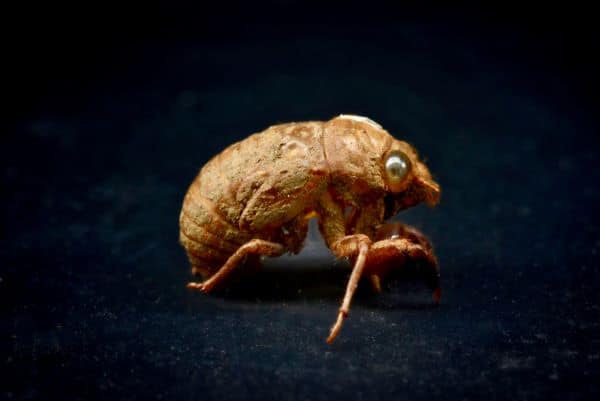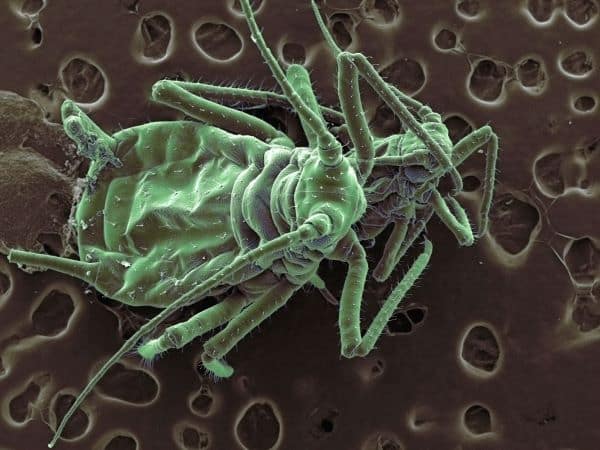With the warmth and bloom of spring comes a less welcome seasonal change: the resurgence of various insects. While many of these creatures play essential roles in ecosystems, such as pollination or as a food source for other wildlife, several species can become nuisances or even health hazards to humans. Understanding which insects are likely to be more active in spring and how to mitigate their impact is crucial for enjoying the season to its fullest. This article sheds light on the insects that should be on your radar this spring, offering insights into their behavior and practical tips for managing them effectively.
Contents
Mosquitoes

As temperatures rise and rainfall increases, mosquitoes find the perfect conditions to multiply. These pests not only cause itchy bites but can also transmit diseases like Zika and West Nile Virus. Effective control measures include eliminating standing water where mosquitoes breed and using insect repellent when spending time outdoors. It’s also beneficial to install screens on windows and doors to keep these pests outside where they belong.
The fight against mosquitoes continues throughout the warmer months. Communities often take larger-scale actions, such as spraying insecticides, to control populations. On a personal level, planting mosquito-repellent plants and using mosquito nets during sleep can further protect individuals and families from these persistent pests.
Ticks

Ticks thrive in spring’s moist, warm conditions. They lurk in tall grass and underbrush, waiting to latch onto their next host. These parasites are not just a nuisance, but carriers of serious diseases, including Lyme disease and Rocky Mountain spotted fever. Preventative measures include treating clothing and gear with permethrin, staying on trails while hiking, and performing thorough tick checks after spending time outdoors.
Removing a tick should be done carefully, using fine-tipped tweezers to pull the tick away from the skin without twisting or crushing the parasite. After removal, it’s important to thoroughly clean the bite area and hands. Awareness and prompt action are key to minimizing the risks ticks pose.
Wasps

Spring signals the beginning of wasp season, with these insects becoming increasingly active and aggressive as they build their nests. While wasps play a role in controlling other pest populations, their stings can be painful and potentially dangerous to those with allergies. Avoiding perfumed products and wearing closed-toe shoes can reduce the likelihood of attracting wasps.
If a wasp nest is discovered on or near a home, it’s critical to approach the situation cautiously. Home remedies and commercial sprays can sometimes offer a solution. Still, for larger nests or those in difficult-to-reach areas, professional removal is the safest course of action.
Ants

The search for food and shelter leads ants into homes during the spring. These persistent invaders can quickly become nuisances, establishing colonies on walls and under floors. Keeping food sealed and surfaces clean and sealing entry points can deter ants from entering a home. Natural deterrents, such as vinegar or peppermint oil, can also be effective in keeping ants at bay.
In cases of severe infestation, bait traps can help to eliminate the colony by targeting the source. For persistent problems, professional pest control services may be necessary to identify and treat the nest directly, ensuring a long-term solution.
Termites

Termites emerge in spring to start new colonies, often unseen as they burrow into the wood of homes and other structures. These pests can cause significant damage if left unchecked. Early detection through regular inspections can prevent costly repairs. Moisture control, such as fixing leaks and ensuring proper drainage, can deter termite activity.
Professional pest control is often necessary for termites. Treatments can protect a home for years. Homeowners should proactively monitor for signs of termite activity and engage professional services at the first indication of an infestation.
Fleas

With pets spending more time outdoors in spring, the risk of flea infestations increases. These tiny pests can cause discomfort to pets and humans and quickly infest homes. Regular flea treatments for pets, along with frequent vacuuming and washing of bedding, can control flea populations.
Professional flea treatment may be necessary in severe cases to eradicate the infestation. This often involves targeted treatments to the home and yard, ensuring that the flea lifecycle is interrupted and the problem is resolved.
Bedbugs

Spring travel can, unfortunately, lead to the spread of bedbugs, tiny insects that thrive by feeding on the blood of humans and animals while they sleep. These pests are experts at hitchhiking on luggage, clothing, and furniture, making them a concern for travelers and homeowners alike. Preventive measures include inspecting hotel rooms, particularly beds and furniture, for signs of bedbugs and using protective covers for mattresses and pillows at home.
Upon returning from travel, it’s wise to launder clothing in hot water and vacuum luggage to prevent introducing bedbugs into the home. If an infestation is suspected, early intervention is crucial. Professional extermination offers the most reliable method for eliminating bedbugs, involving treatments that target all life stages of the pest.
Final Thoughts
As spring heralds the return of warmer weather and blooming landscapes, it also brings a host of insects that can range from mere nuisances to serious health hazards. By staying informed about the types of pests likely to be more active during this season and taking proactive steps to manage and prevent infestations, individuals can enjoy the beauty and warmth of spring without the frustration and risks associated with these seasonal pests. Whether through personal vigilance, natural deterrents, or the assistance of professional pest control services, the key is to act early and decisively to protect both health and home from the unwelcome advances of springtime insects.


